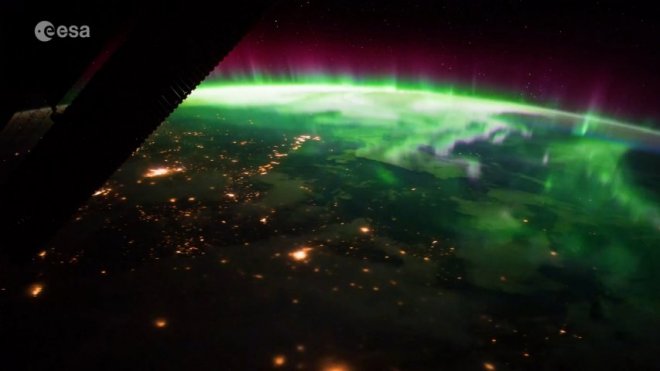
Scientists have found that the scattering of solar-energized particles which are trapped in the Earth's atmosphere results in auroral displays and whistling mode chorus in the upper layer of the aerosphere surrounding of the planet which could be seen from the poles.
New research using NASA's Van Allen Probes mission and FIREBIRD 11 CubeSat has found that a common plasma wave in space is responsible for the impulsive loss of high-energy electrons in Earth's atmosphere. It results in the whistling chorus of fluctuating electric and magnetic fields. The whistler chorus produces rising tones similar to the chirping of birds.
Aaron Breneman, a researcher at the University of Minnesota in Minneapolis and lead author of the paper, said, "Observing the detailed chain of events between chorus waves and electrons requires a conjunction between two or more satellites. There are certain things you can't learn by having only one satellite- you need simultaneous observations at different locations."
According to the research published in the Geophysical Review Letters, the combined study of the FIREBIRD 11, at a height of 310 miles above the Earth, and one of the two Van Allen Probes orbiting high above the planet found the chain of cause and effects leading to loss of high-energy electrons.
Earth's magnetic environment traps electrons and ions in concentric belts known as Van Allen Radiation Belts. This region also has invisible fields and tiny particles including magnetic field lines and swooping electrons and ions encircling the planet.
These particles escape as bunches called microbursts and are seen as the auroral visual display in the sky along with its whistling chorus.
The Van Allen Probes observed the chorus from its vantage point on January 20, 2016, while the FIREBIRD 11 saw the microbursts. Scientists, however, are yet to discover how high- energy electrons move out of the radiation belts with such a huge speed.








